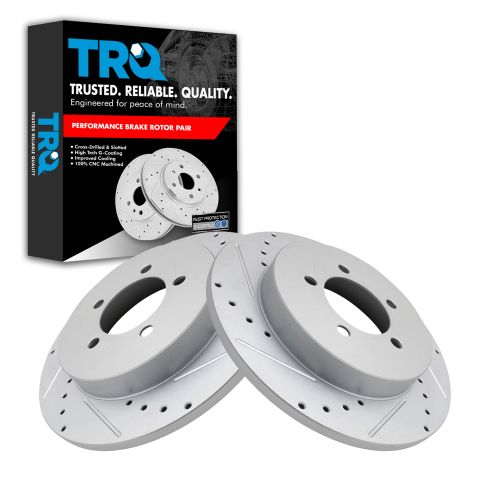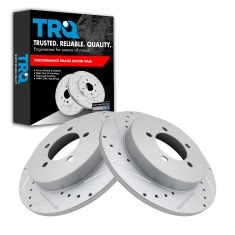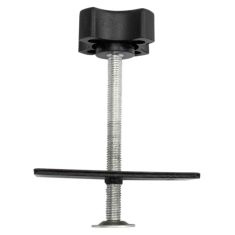1APBR00947-Ford Mercury Rear Driver & Passenger Side 2 Piece Performance Brake Rotor Set TRQ Performance BRA74681

Replaces
Ford Mercury Rear Driver & Passenger Side 2 Piece Performance Brake Rotor Set TRQ Performance BRA74681

Frequently bought together
Product Reviews
Loading reviews
5.00/ 5.0
2
2 reviews
Best rotor
June 17, 2020
It's best rotor get. I been ordering rotor for years and never any issue. It great if leaving at high hill like me. I will keep ordering this rotor next time I need
February 13, 2022
So far they are working with no problem. dr marvin
Customer Q&A
No questions have been asked about this item.













